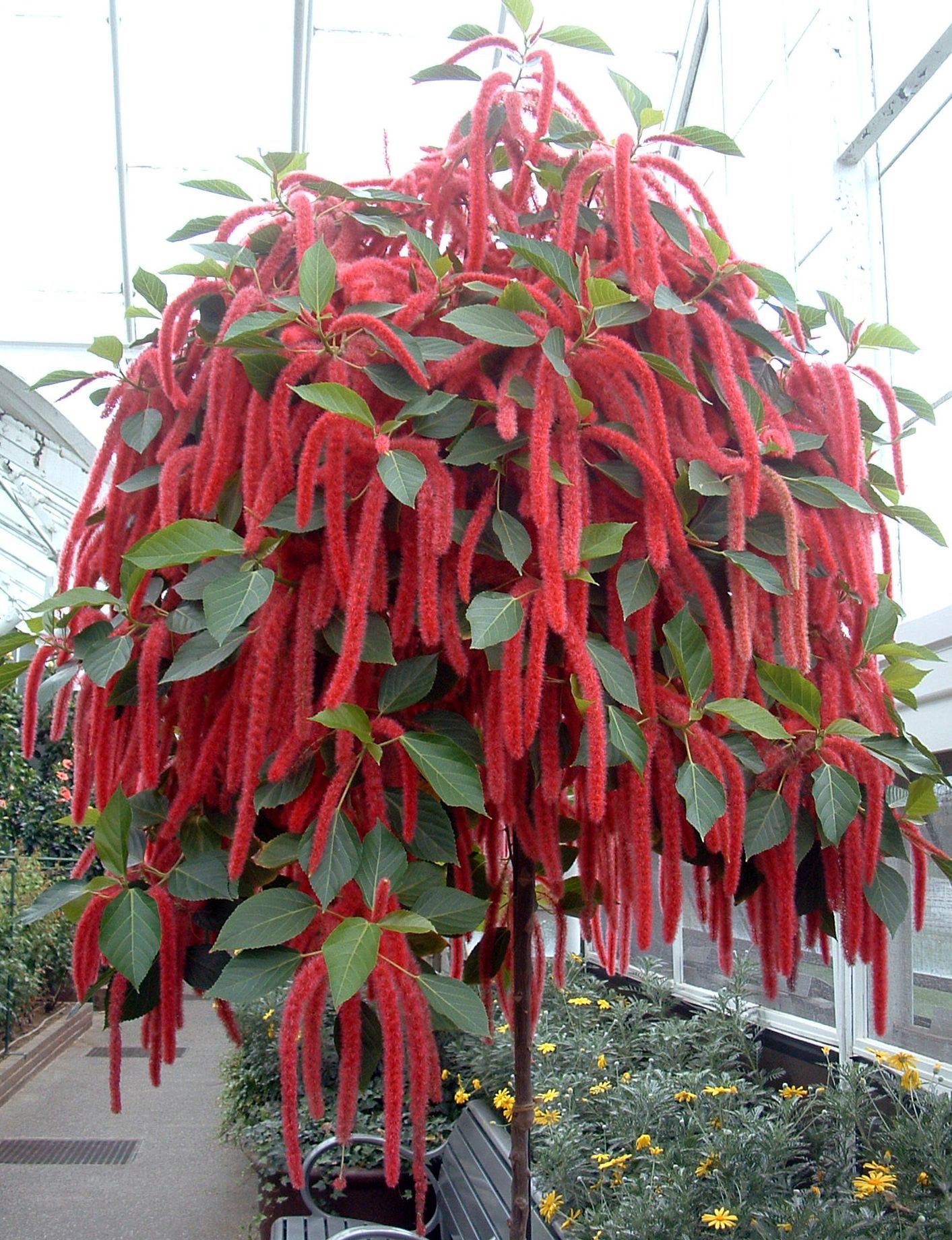|
||||||
Free Citrofortunella Mitis Plants Although the correct botanical name for this plant is Citrofortunella mitis, it is usually sold as Citrus mitis. An attractive, ornamental tree, it produces miniature oranges after the fragrant white flowers. The ripe oranges are edible but bitter¬tasting. Although the plant prefers a moist condition, do not allow the compost to become too wet, otherwise root rot will set in, followed by rapid wilting and probably total leafloss. Pests can also be a problem, especially the scale insect. As well as damaging the plant, it deposits sticky honeydew over the leaves and fruit, which quickly turns into an unsightly sooty mould. In the autumn and winter the plant prefers a rest. Keep the compost on the dry side and the temperature a little cooler, to a minimum of 10°C (50°F). Plant type : Flowering and fruiting plant with erect, shrubby habit Season of interest : Spring and summer, sometimes at other times Size : 60-90cm (24—36in) Flower : 1.5cm (Jin) small, white, fragrant, followed by neat, round oranges, 3-4cm (1.25-1.5in) Leaf : Pointed oval, 5-7.5cm (2—3in), mid green Temperature : 15-20°C (59—68°F) Aspect/Light : Well-lit situation with exposure to direct sunlight Humidity : Moderate to high Watering : Evenly moisten compost in spring and summer, allowing to dry a little between waterings; keep on drier side in autumn and winter Feeding : Flowering plant fertilizer once every two to three weeks in spring and summer Propagation : Plant 10-15cm (4—6in) stem cuttings in seed and cutting compost at 21°C (70°F) in mid spring to early summer Potting : Houseplant potting compost Problems : Mealy bug, red spider mite, scale insect, root rot if over watered Availability : Occasionally available throughout year Uses indoors : Feature plant for lounge, dining room or office |
||||||
|
||||||
